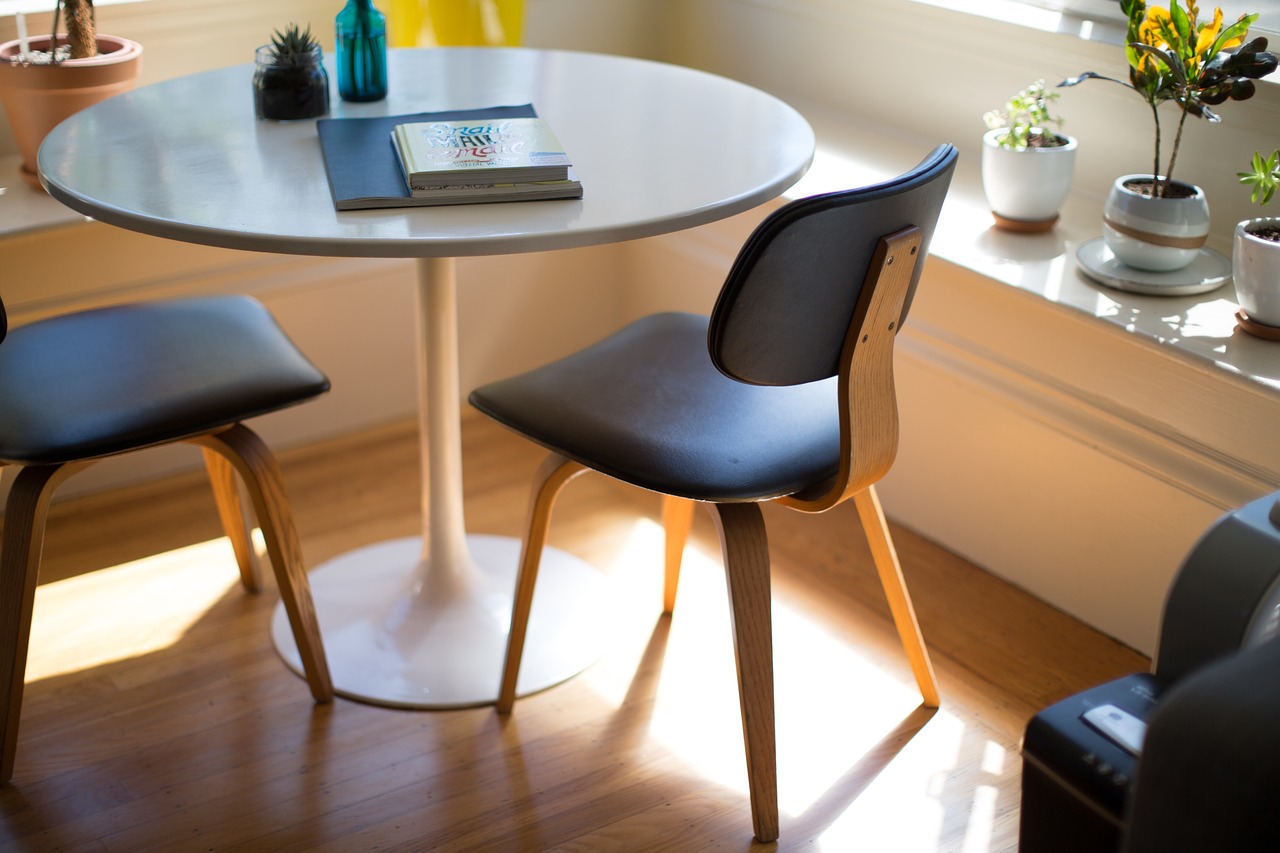Sustainable fashion is more than just a trend; it’s a movement towards mindful consumption and eco-friendly practices in the fashion industry. Victoria Gerrard La Crosse, WI is passionate about creating an environmentally conscious wardrobe. By focusing on sustainable materials, reducing waste, and supporting ethical brands, she believes it’s possible to maintain a stylish, contemporary wardrobe without compromising our planet’s health.
In this guide, Victoria shares her insights and tips on embracing sustainable fashion, balancing aesthetics with ethics, and making choices that contribute to a healthier environment.
Understanding Sustainable Fashion
First things first, what exactly is sustainable fashion? In simple terms, sustainable fashion refers to clothing and accessories produced in a manner that is mindful of the environment and social impacts. This encompasses everything from sourcing raw materials to manufacturing and even how items are disposed of at the end of their life cycle. Sustainable fashion aims to reduce waste, minimize carbon emissions, and ensure fair labor practices.
Why Sustainable Fashion Matters
The fashion industry ranks among the world’s largest polluters. From the excessive water consumption in cotton farming to the toxic chemicals used in fabric dyeing, traditional fashion leaves a substantial environmental footprint. The fast fashion model, which promotes the rapid production and consumption of inexpensive, trendy clothing, exacerbates the issue by generating vast amounts of waste. Astonishingly, a garbage truck’s worth of clothes is either burned or sent to a landfill every second, according to Victoria Gerrard La Crosse.
Opting for sustainable fashion helps mitigate these issues. It promotes using natural and organic fibers that require fewer resources to produce and are biodegradable. Sustainable fashion also encourages the recycling and upcycling of garments, reducing the demand for new raw materials and lowering greenhouse gas emissions. Additionally, supporting brands prioritizing ethical labor practices ensures workers are paid fairly and work safely.
Building an Eco-Friendly Wardrobe
Transitioning to a sustainable wardrobe doesn’t happen overnight. It’s a gradual process that involves thoughtful decision-making and a willingness to change shopping habits. Here are some steps to help you get started:
Assess Your Current Wardrobe
Begin by taking a good look at your current wardrobe. Identify items you frequently wear and those sitting untouched for months. This exercise helps you understand your style preferences and highlights areas where you can make more sustainable choices. Consider donating or selling clothes that no longer serve you, giving them a second life instead of sending them to the landfill.
Choose Quality Over Quantity
One of the core principles of sustainable fashion is to buy less but better. Invest in high-quality pieces that are timeless and versatile rather than trendy items that quickly go out of style. Quality garments may have a higher upfront cost, but they are more durable and often made from sustainable materials, making them a better long-term investment.
Opt for Natural and Organic Fabrics
When shopping for new clothes, prioritize items made from natural and organic fabrics. Cotton, linen, hemp, and bamboo are excellent choices as they are renewable resources and biodegradable. Organic cotton, in particular, is grown without harmful pesticides and consumes less water than conventional cotton. Additionally, look for certifications such as Global Organic Textile Standard (GOTS) or OEKO-TEX, which indicate that the fabric meets certain environmental and social criteria.
Support Ethical Brands
Do some research to identify brands that align with your values. Many fashion companies are now committed to sustainability and transparency, providing information about their supply chain, materials, and labor practices. Supporting these brands not only encourages more companies to adopt sustainable practices but also ensures that you are investing in clothing that is made ethically.
Care for Your Clothes
Extending the life of your garments is a key aspect of sustainable fashion. Proper care can make your clothes last longer, reducing the need for frequent replacements. Follow care instructions on labels, use gentle detergents, and wash clothes in cold water to minimize wear and tear. Air drying instead of using a dryer also helps preserve fabric quality and saves energy.
Experiment with Second-Hand Shopping
Thrift stores, consignment shops, and online platforms like Poshmark and ThredUp offer a treasure trove of pre-loved fashion. Buying second-hand is an excellent way to find unique pieces while reducing the demand for new clothing production. It’s also budget-friendly and fun, allowing you to discover items that reflect your style.
DIY and Upcycling
Get creative and give new life to old clothing through DIY projects and upcycling. Simple alterations, such as hemming pants or adding patches, can refresh your wardrobe without needing new purchases. Countless online tutorials guide you through various upcycling techniques, making it a rewarding and sustainable hobby.
Final Thoughts
Embracing sustainable fashion is more than a trend—it’s a necessary shift towards a healthier planet and a more ethical industry. By making conscious choices in purchasing habits and caring for our clothes, we can reduce our environmental footprint and promote fairness in the fashion supply chain. Every small decision, from opting for natural fabrics to supporting eco-friendly brands, contributes to a larger movement towards sustainability.
As consumers, we can drive change and foster an industry that respects people and the planet. Start today by integrating these principles into your wardrobe and becoming a part of the solution for a greener, more sustainable future. Victoria Gerrard La Crosse, WI, reminds us that our choices matter.
